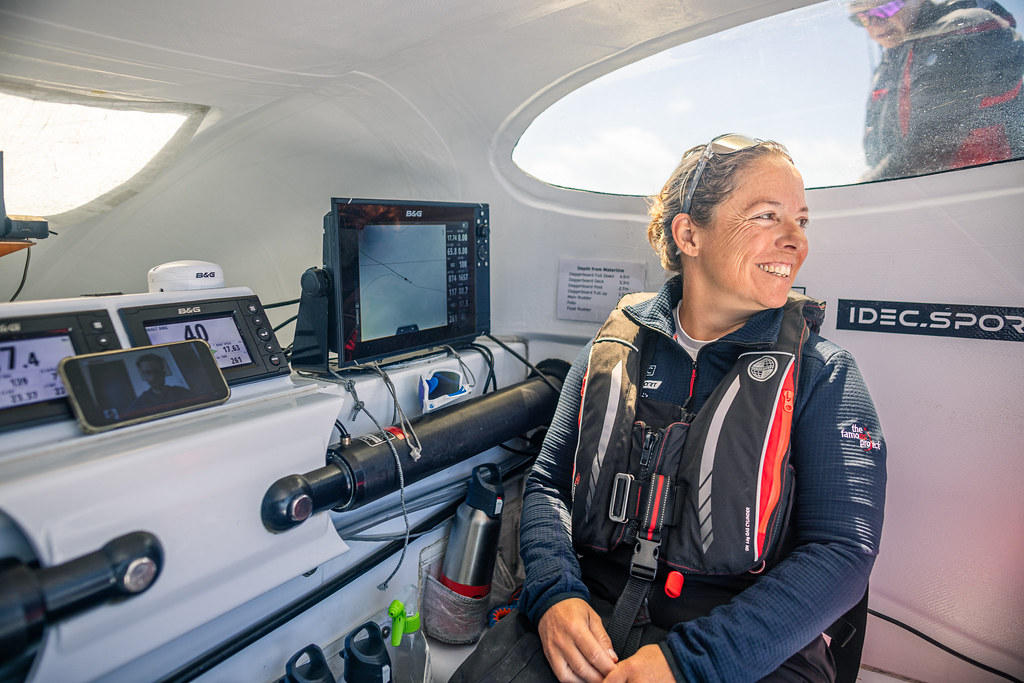Lifejackets have been essential in safeguarding lives at sea for centuries. From rudimentary flotation aids in ancient times to the advanced, technology-integrated devices of today, the evolution of lifejackets reflects humanity’s enduring commitment to maritime safety.
Ancient beginnings – The concept of personal flotation devices dates to ancient civilisations that used inflated animal bladders or gourds that were hollowed out and sealed for buoyancy. These early tools were primitive yet effective, laying the groundwork for future innovations in personal flotation.
19th Century innovations – The 18th and 19th centuries marked significant advancements in lifejacket design. In 1854, Captain John Ross Ward of the Royal National Lifeboat Institution (RNLI) introduced a cork lifejacket to enhance the safety of lifeboat crews. This design provided both buoyancy and protection against harsh sea conditions.
In 1900, French electrical engineer Gustave Trouvé patented a battery-powered wearable lifejacket. This device featured small, rubber-insulated batteries that inflated the jacket and powered a light for SOS signalling – considered revolutionary for the time.
Early 20th Century developments – The early 20th century saw the introduction of kapok-filled lifejackets. A natural fibre from the fruit of the tropical tree, kapok is buoyant and water-resistant. These lifejackets became standard issue for military personnel, offering improved buoyancy and comfort compared to earlier cork designs.
After losses sustained during the Battle of Britain in World War II, Dr Edgar Pask, a physician who worked at the RAF Institute of Aviation Medicine in Farnborough pioneered the use of a hybrid inflatable/inherent buoyancy jacket designed to work even if the wearer was unconscious by keeping their heads and, crucially, mouths above water.
Mid to late 20th Century – Inflatable lifejackets emerged as a significant development in personal flotation devices made with polyurethane-coated nylon. These designs allowed for greater mobility and comfort when deflated and could be rapidly inflated in emergencies using CO₂ cartridges.
Modern advancements – Today’s lifejackets incorporate cutting-edge technology to enhance safety and functionality. Modern features include integrated harnesses for secure attachment, adjustable straps for a customised fit and built-in Personal Locator Beacons (PLBs) or GPS systems to assist in swift rescues. Materials have also evolved, with lightweight, durable fabrics ensuring comfort, longevity and sustainability.
At Ocean Safety, we provide state-of-the-art lifejackets that embody this rich history of innovation. Our range has evolved to encompass the utmost reliability, comfort and innovative technology, ensuring that every mariner, whether professional or enthusiast, has access to the best in personal flotation devices.
To view our full range of lifejackets and other marine safety products and apparel, visit www.oceansafety.com.

